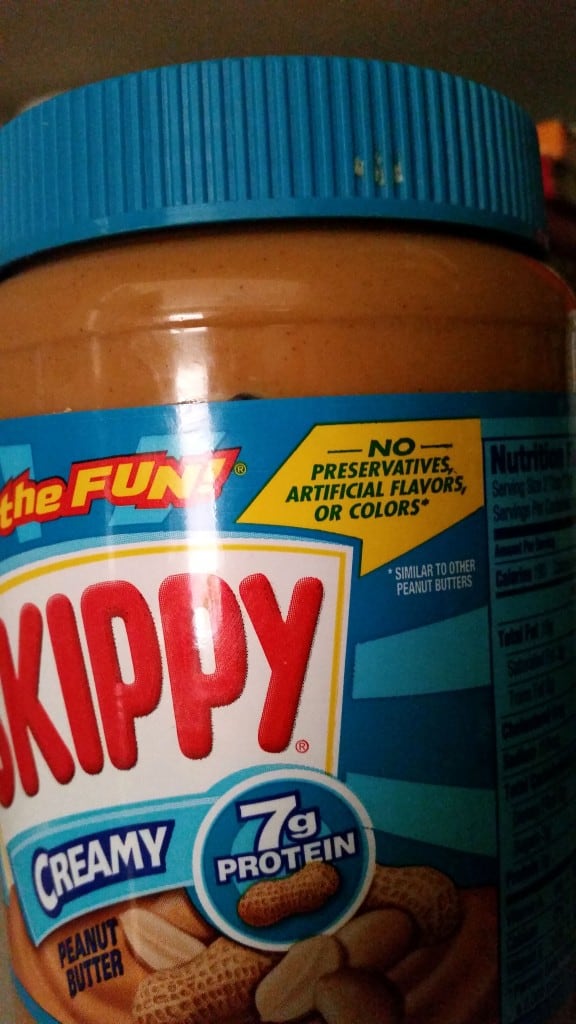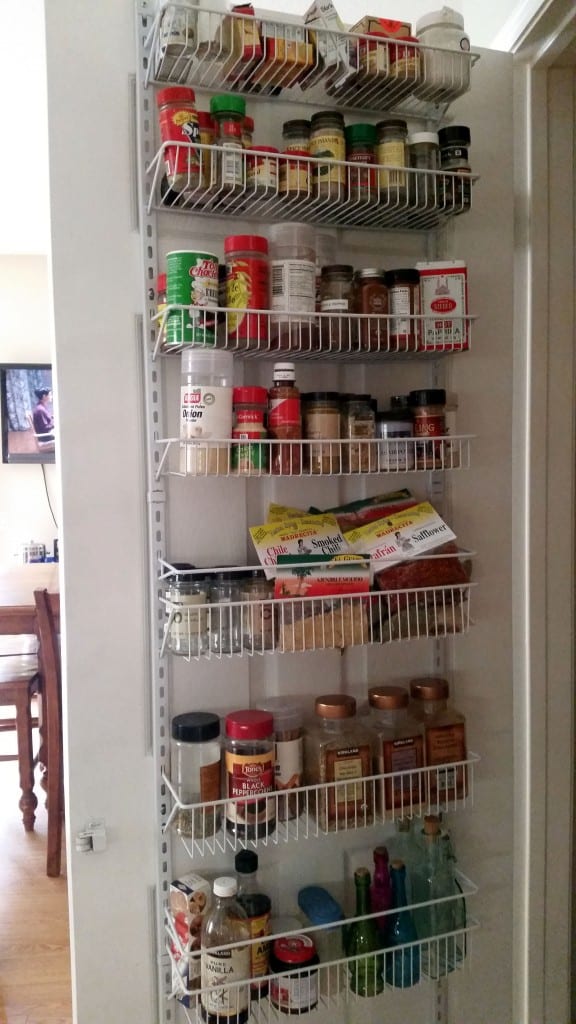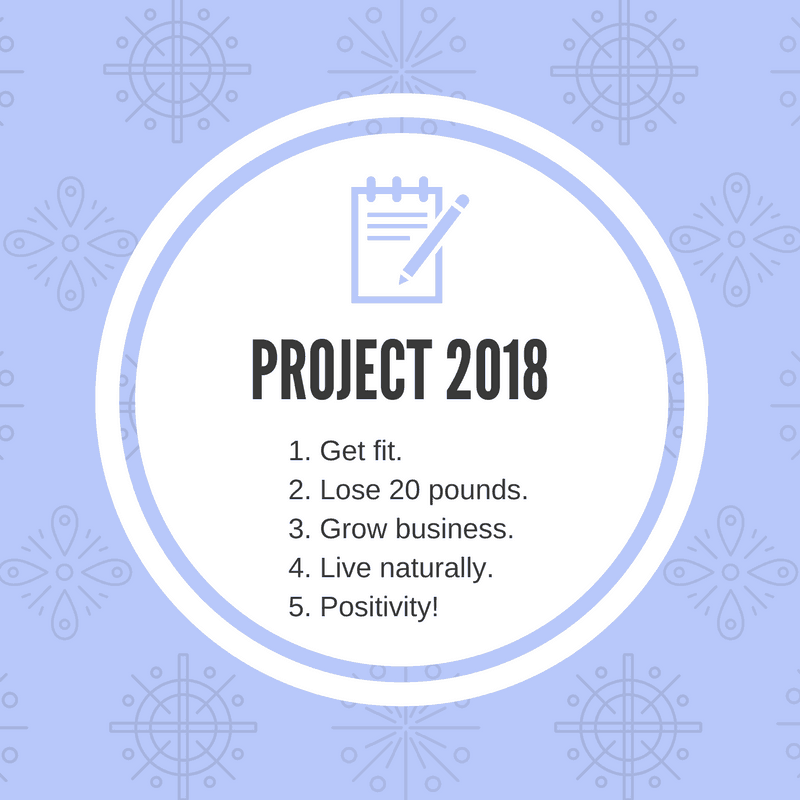Do You Have a Child With Food Allergies or Intolerances? Change Your Kitchen!
Unsure what to do when your kid has food allergies or intolerances? Baby steps. Change your kitchen, change his or her life!
Nine years ago, when our son was diagnosed with autism, we realized quickly that if we wanted our son to have the best chance at life, we were going to be the ones to do it. We signed him up for services, put him in a special day class at the age of four and had people coming in and out of our house, when we weren’t driving him to a therapy. But that was only part of it. We couldn’t just fix the things we could see, but we had to work on the physical pains and problems we couldn’t see. This meant starting from the inside — his diet.
Diet can really mean everything. Sometimes we underestimate the value of watching what we eat. It doesn’t mean being the food police and not enjoying eating, but it means being conscious that every bite we take truly can make a difference. Food can make or break us. Food has the power to heal and the power to hurt; it can cure an illness and make you stronger. It can relax you or energize you. It can help you stay at a healthy weight or help you to lose unhealthy extra pounds. And it can be fun.
Nowadays, with so many foods being genetically modified (GMO) or having unnecessary additives like hormones, preservatives and dyes, it’s hard to know what to do. What to eat? What to avoid? How much is okay?
Keep an eye on social media for just a mere 24-hour period and you’ll find a ton of articles about how sugar is in too much of our food and how bad fast food is for us. I can rally and advocate for what I believe in, but when it comes right down to it, if I can’t change the world overnight, I can at least change my home, and you can change your home, too.
How do I do that?
Start by making at least some of your own food! There’s a misconception out there that eating healthy is more expensive. I call shenanigans. Eating healthy is time-consuming but once you get past the initial investment of pantry basics, it’s actually cheaper.
Because I don’t buy shelf-stable boxes of convenience foods or frozen packages of oven-ready trays, I actually spend less each week on groceries. Weekly, I buy fresh produce and whatever meats are on sale (which gives me a really good variety in my freezer, as it always rotates) and a few odds-and-ends, like pasta, olive oil, salt, yeast, etc. This week, I spent $27 at Fresh and Easy on produce and a couple of cans of black beans, then another $20 on re-stocking some flour, whipping cream and pasta. (I do try to cut back on canned items but the reality is that we frequently use tomatoes and until my garden’s in, I can’t grow my own — but I do have the equipment and am ready! I also make my own pasta sometimes, but since that honestly does take some time, it’s an area where I buy pre-made while reading the labels to get a quality brand. It’s not all-or-nothing; it’s not about being perfect, but doing what you can.)
Start small. Look around at the products your family eats most frequently. Read the labels. See things you can’t pronounce? That’s a no-go for your next shopping trip. Between now and that trip, do some research and decide if it’s feasible to bake yourself. (I personally bake most of our bread but I do buy our sandwich buns and a loaf of bread for my son’s school lunches as needed. I’d prefer to do it myself but he’s picky about his bread so I opted to instead purchase bread without high-fructose corn syrup and the extra additives. Surprisingly, it didn’t cost me anymore than other brands.) My son loves waffles before he goes to school, so we purchased a waffle maker at CostCo and I make a batch of batter weekly. So easy and so affordable! I can jazz them up each day with chocolate chips or almond extract or chopped fruit.
But don’t you need special equipment? Not really. Pots and pans and a cheap crock pot can do it mostly, but if you want to buy a waffle maker, stow away some of the money from your cheaper grocery bills or avoid going out for fast food one night a week; eventually, you’ll have enough money for a waffle maker, a juicer, a food processor, etc.
Pick a couple of things each week to try to make on your own. Master them, then move onto the next item. Eventually, you’ll find your grocery bill decreases as you become stocked up on the items you need to bake and cook on your own, and you’ll find that creating your own salad dressing is easy. Popcorn for home movie night is so cheap and easy with a $20 air popper from Target. Spaghetti sauce for pasta? Even if you use canned tomatoes, they’re cheaper than bottled sauce and without the additives; you can season it to your own liking. Spices don’t have to be expensive. Check out the international food aisle; you’ll frequently find spices in little bags for $1.39 or less, and you can experiment to see what you like or don’t. Little jars are available for $2 or less at World Market and similar stores.
Keep in mind that making from scratch doesn’t mean you can’t buy a bag of frozen veggies or that can of black olives. You needn’t go to extremes to hunt down all organic — I’d love to do that, but honestly, it’s expensive and I have to choose my priorities.
This week’s menu list for our house consists of last night’s bruschetta, tonight’s pulled pork sandwiches and baked potato wedges, black bean and sweet potato soft tacos, and a cheesy fondue with green apples and French bread. All of that is homemade except for the buns for the pulled pork sandwiches and the corn tortillas for the soft tacos. (And both of those are preservative-free as I found the best stores to buy them in where they are affordable! A little time here and there saves you more time later.)
When we’re done with work at night, no one wants to spend hours in the hot kitchen. We want to eat as quickly as possible, serving up a healthy meal to the family, leaving us enough time after to clean up the kitchen and relax and enjoy each other. You don’t need to open a box of dehydrated potatoes or a frozen tray of food to do that! Join some Facebook groups or search blogs for recipes of quick meals. We often trade health for convenience, but it’s not a good trade. It’s also a misnomer that we’re losing all convenience by cooking from scratch. Many people spend one weekend a month and freeze meals for the entire month. Others chop all their produce one day a week for easy use later. I buy big bulk packages of some meats and portion them out before freezing. Thaw ahead of time (be sure you’re following safety precautions) and you will be surprised at how much less time it takes to assemble things into meals than you think.
Here are a few safe items I buy that don’t contain the bad stuff but I can’t necessarily make on my own. (To reiterate, I can make bread but little guy likes ‘the regular bread, mom.’)
He doesn’t even know it’s not technically “white” bread!
 Buy this at Costco in two-packs and save a lot of money!
Buy this at Costco in two-packs and save a lot of money!
 Another two-pack score at Costco.
Another two-pack score at Costco.
 That’s my spice rack! I can pretty much make everything with those babies!
That’s my spice rack! I can pretty much make everything with those babies!
I realize that those items may or may not all be non-GMO, but I hope that the fact they are non-HFCS and a lot better in all ways than they could be, my point of “Do what you can, it doesn’t need to be 100% perfect; it’s not all-or-nothing” gets through. I don’t want people to think that eating healthier is unattainable.
So let’s recap.
Start small: make a few changes a week, going by your comfort level.
Read labels: avoid words you can’t pronounce, high-fructose corn syrup and unnecessary ingredients like dyes.
Replace the worst offenders or the things your family eats the most first. Make them from scratch or buy healthier versions.
Track your saved money and put it towards equipment that will make meal prep easier and faster.
Don’t go crazy: you don’t need to go to extremes.
It doesn’t need to be perfect: do what you can, and don’t worry that your diet isn’t 100% organic or homemade.
Plan ahead: avoid spontaneous grocery shopping trips, and extra expenses, by keeping a list of your future meals and needed ingredients.
Continue to research: you’ve got a world of help around you, recipes are everywhere!
You got this!
This post was thrown together sort of quick when I ran into a friend who had just received the news that her toddler son had nine food allergies and a few possible intolerances. She was overwhelmed, so I put this together quick as just one reference to help her. Pardon the poor photos, I’ll get around to updating them with better photos some day!








Great tips for families. I try to buy frozen veggies instead of canned. They taste so much better and I don’t have to worry about all the chemicals from the can.